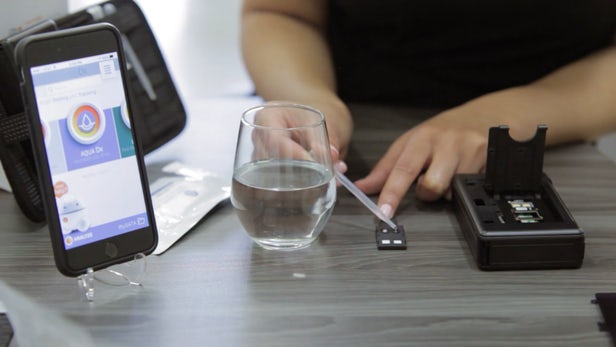Forests and trees play a major role on water cycles and cooler temperatures, contributing to food security and climate change adaptation. In recent decades, the climate change discourse has looked at forests and trees mostly as carbon stocks and carbon sinks, but now scientists are calling for more attention on the relation between trees and water in climate change.

The global conversation on trees, forests and climate needs to be turned on its head, say scientists, because the direct effects of trees on climate through rainfall and cooling may be more important than their well-studied capacity of storing carbon.
Scientists suggest that the global conversation on trees, forests and climate needs to be turned on its head: the direct effects of trees on climate through rainfall and cooling may be more important than their well-studied capacity of storing carbon. A new publication and a symposium try to shed new light on the debate.
The research paper Trees, forests and water: Cool insights for a hot world compiles older knowledge and new research findings pointing at the important effects of trees on helping to retain water on the ground and to produce cooling moisture, which in turn have a positive impact on food security and climate change adaptation. Read more





